For the October issue of ENDURO Mountainbike Magazine we were set the question, which is faster, an Air or Coil shock? Join us as we go behind the scenes to find out.

With the latest super light steel springs, the best coil shocks are only around 100 g heavier than their gravity focussed air sprung siblings, but which is fastest? We were going to find out, but first we needed an air and coil shock, preferably using similar damper technology to reduce any bias from improved technology in one or the other. Luckily, FOX’s X2 shock platform damper technology features on both their leading Factory FLOAT X2 air shock and their Factory DHX2 coil shock. Both shocks include the X2 damper, with its 2-position open/firm compression adjustment and RVS rod valve system to separate high and low compression events. The similar internal architecture of the shocks means we would be comparing just the spring type. Air Vs Coil. It was time for a show down.
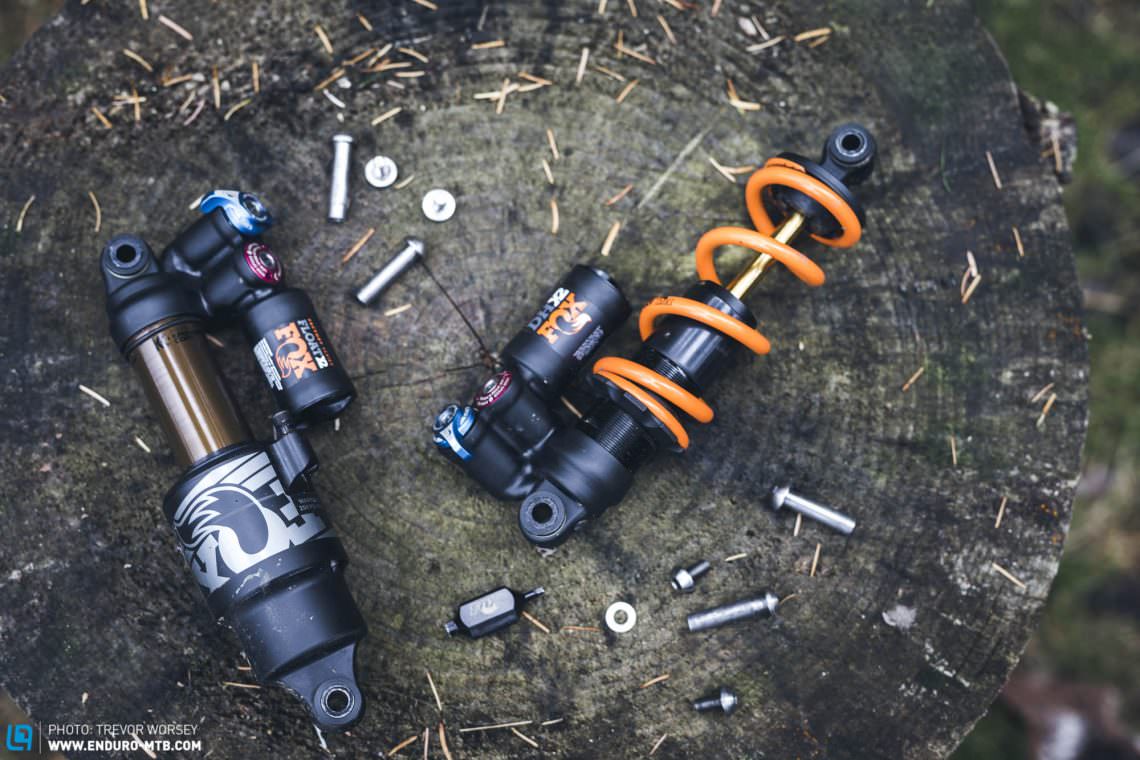
The School of hard knocks
Knowing that we would be testing suspension, we needed a track that could dish out enough big hits to make the dampers wheeze with exhaustion, the type of track that pushes both rider and bike to the limit. The track needed to be short enough that it could be quickly learnt and minimise blown runs through fatigue, but long enough that it would give enough data. There was one obvious candidate, the infamous DH run at Dunkeld, Scotland, littered with rocks the size of microwaves and more square edges than a bag full of Lego. With 2 big full compression hits and a big sender at the end onto a tangle of roots this track needs demands performance, composure and balance from the bike’s suspension, the perfect testing ground. Check out our test track GoPro run.

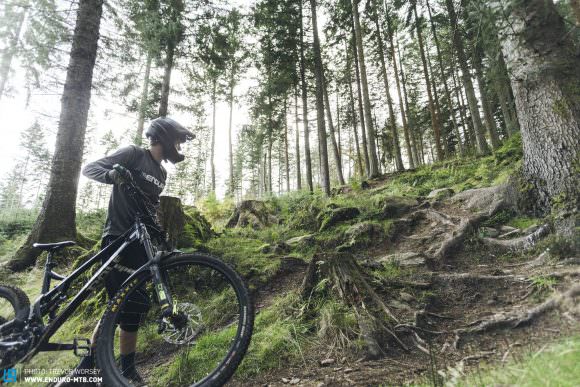

Choosing the test riders
Sometimes it’s not the fastest riders that benefit from a product, and as such we picked two testers for this analysis with very different backgrounds. One very experienced Alpine guide and racer who could nail down clean lines again and again, pushing the bike hard. The second was an amateur weekend racer, keen and skilled but still learning race-craft and line choice. It would be interesting who, if anyone, benefited the most from either system.
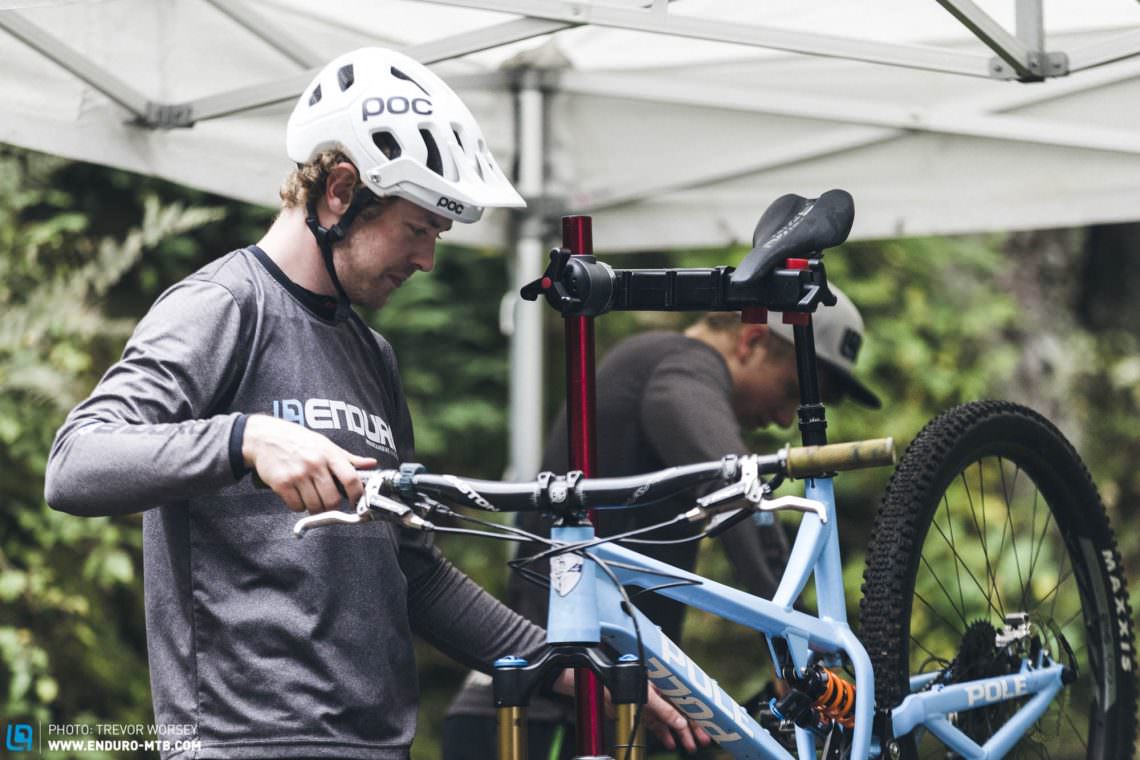

Setup of the shocks
A poorly setup shock will perform less well than even the cheapest shock that is set up perfectly. Good setup is everything! Prior to the first run we set the rear SAGs on both bikes. On the coil shock we used the correct spring weight and preload to give 30% of SAG for each rider. The pressure in the air shock was matched to give an identical 30% SAG and tokens were added if required. Then the fun began. Both the FLOAT X2 and DHX2 have adjustable low and high speed circuits on both the rebound and compression circuits so setup took a lot of time, a full day in fact. Once the SAG had been set, both riders did some test runs on the base tune supplied by FOX, focussing on how the bike felt on the different hits and short climbs in the transition, notes were taken and changes planned. We then marked out a section of trail that included some full compressions and high speed chatter and the setup began.



We first set High Speed Compression by focussing on the bikes behaviour on the big hits, reducing if the riders were not getting enough travel or adding a few clicks if the rider was blowing through the travel (tokens were added to the X2 shock as required). Bracketing the settings allowed us to reach the setting that the riders felt offered the most support. After some full runs to settle the settings, we then focussed on the High Speed Rebound through the test section, bracketing to the extremes to find a setting that allowed the shock to recover quickly, without feeling like it was pushing back. We then marked out a section of track with lots of small bumps to set the Low Speed Compression, reducing the compression until we found the bike offered the best compromise between pedal efficiency and small bump absorption. Finally we set up the Low Speed Rebound, focussing on grip in flat turns and recovery through the big weight shifts over a slow root roll. Each time a full run was put in to dial in the settings and confirm the changes. This process was repeated for both shocks and took a lot of runs, over 20 in fact! All settings were then recorded ready for timed testing the following day.

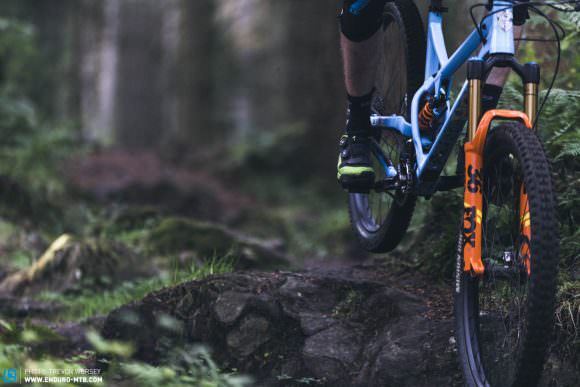


Repetition is king
With both riders putting down consistent laps within a few seconds of each other, it was time to start the timed runs. With the laps being so close, we knew the results would be meaningless unless we had enough repetition. Lap after lap, the riders fired over the timing station, riding at a speed that let them hit the same lines again and again, the better the suspension the better they could ride. Throughout the day the shocks were swapped from air to coil to avoid bias of track learning and fatigue, over 30 timed runs were racked up, bad runs were discounted, and all timing was blind, the riders did not know how fast their times were. After the data was crunched, we had a winner.
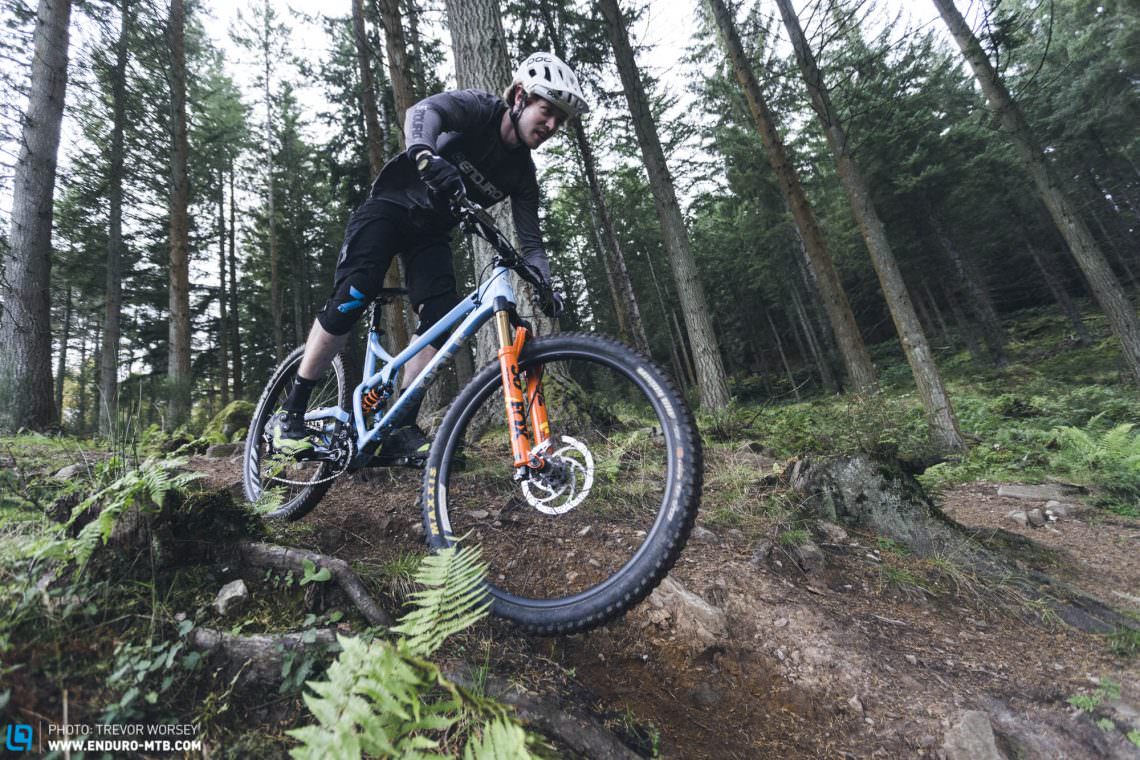
So which is fastest, air or coil?
After 30 runs the results were in, one shock frequently put down the fastest times for both riders. But which one was it? To find out which, you can read the full story with the results and suspension settings in the October issue of ENDURO Mountainbike Magazine right now! Before you freak out, it’s 100% free and takes just a few minutes to download, you will also find many more awesome articles that look amazing in the magazine.
If you’ve already got the App, you’ll be able to download the new issue directly. If not, now’s your chance to grab our free App for iOS or Android.
Did you enjoy this article? If so, we would be stoked if you decide to support us with a monthly contribution. By becoming a supporter of ENDURO, you will help secure a sustainable future for high-quality mountain bike journalism. Click here to learn more.
Words & Photos:












